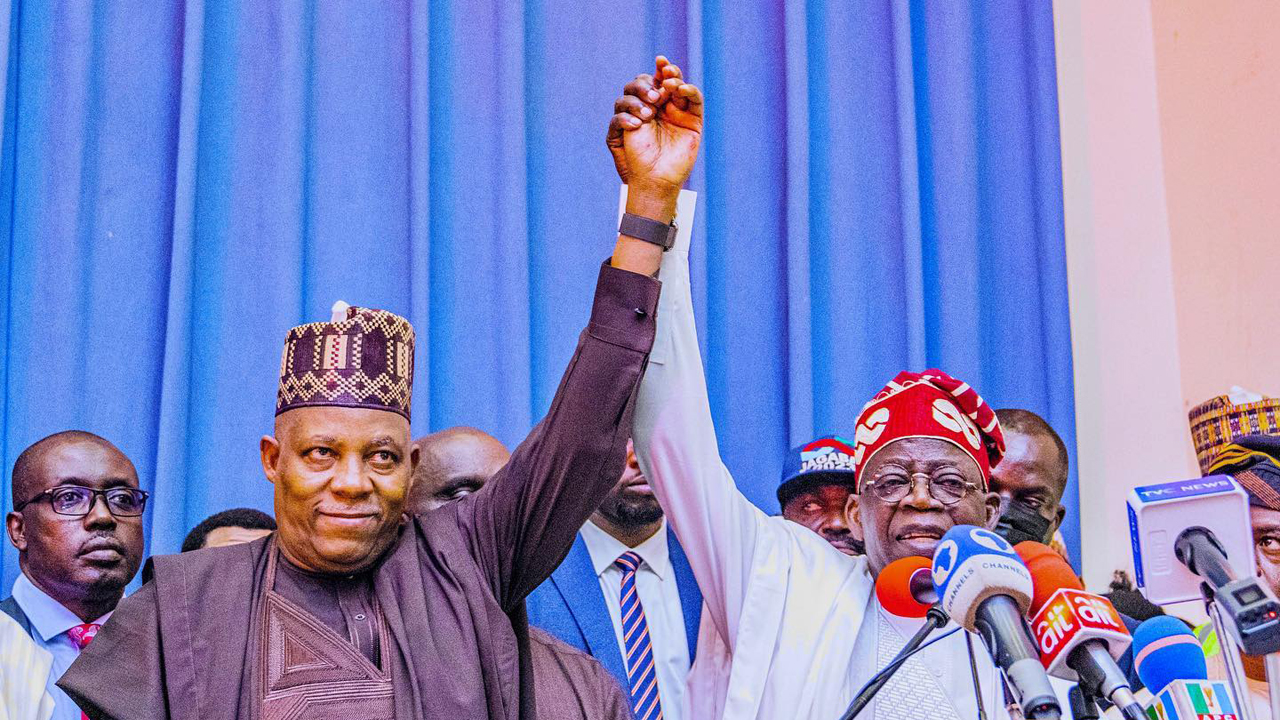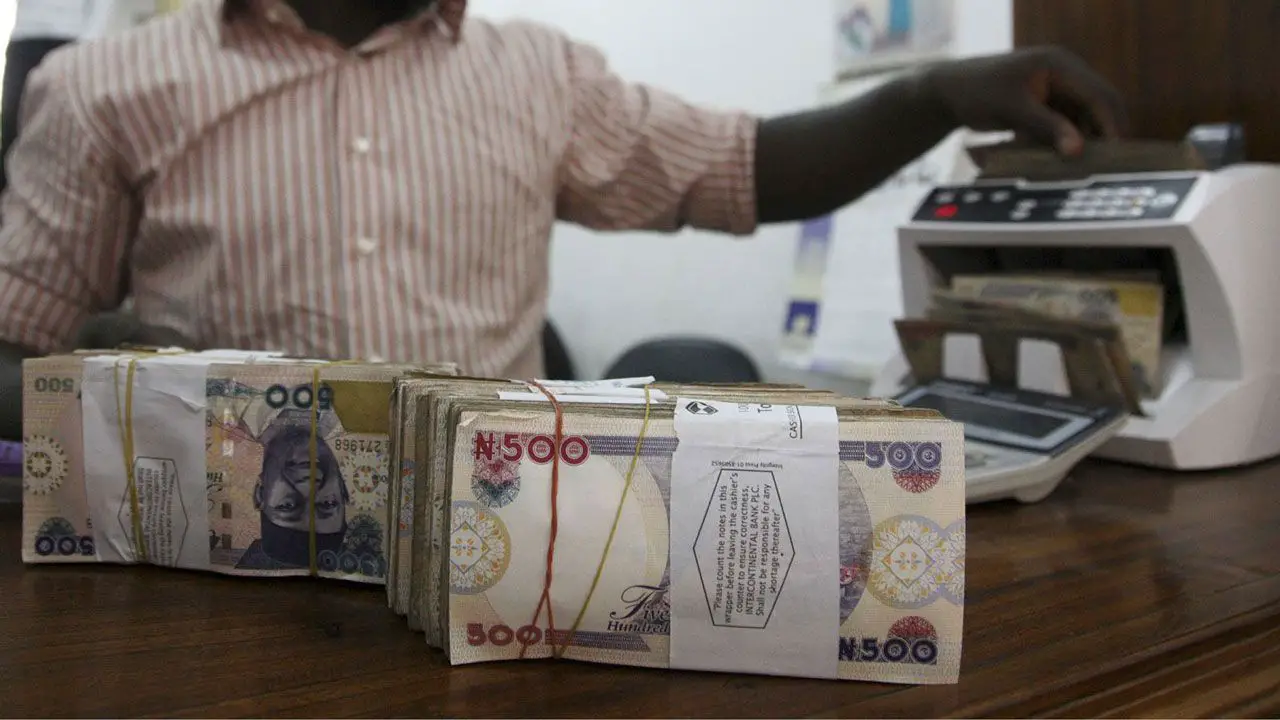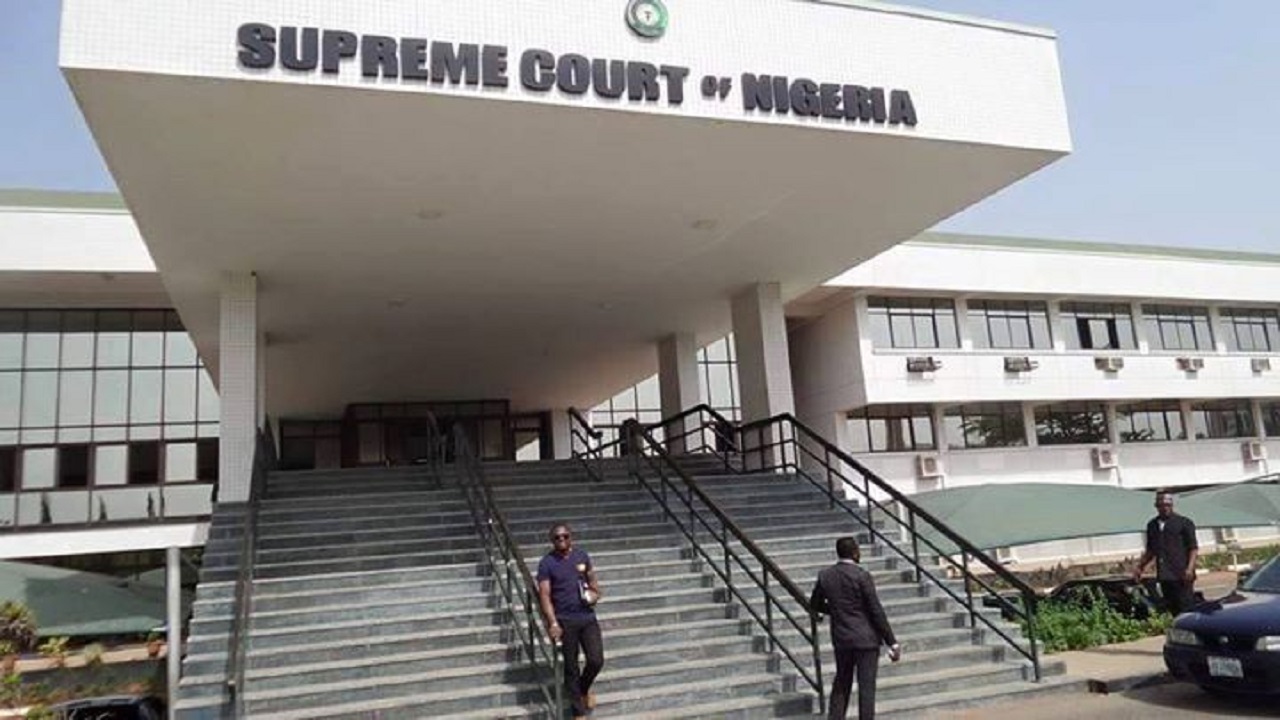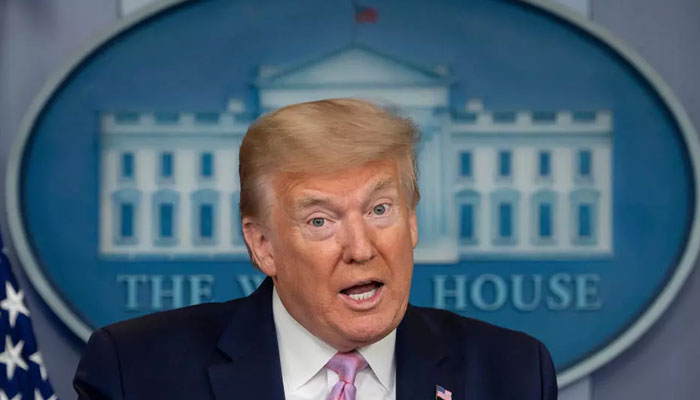News
Thanks To Coronavirus: In Historic First, US Supreme Court Broadcasts Live
The United States Supreme Court resumed hearing cases Monday after a pause occasioned by the coronavirus, but in a small revolution for the tradition-bound institution the justices participated from home, with live audio broadcast on radio and television.
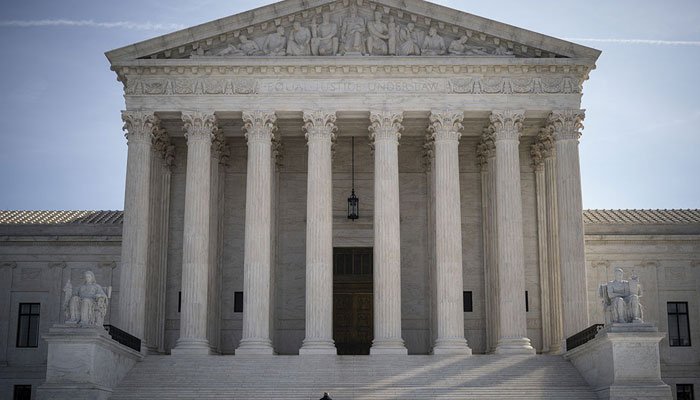
The move to greater transparency has been demanded for years in legal circles and was long ago adopted by many state and local courts. But for the nation´s highest court, it took a pandemic to make it happen.
The nine justices made no acknowledgement of the change in the way they were approaching the day´s business, aside from liberal judge Stephen Breyer´s brief remark of “Good morning anyway.”
The first live broadcast went off largely without ahitch, albeit with the odd moment of silence and some background crackling. In normal times, the court meets in its stately neo-classical building directly across First Street from the US Capitol.
Two hundred seats in its marble hearing room are reserved for members of the public, who often line up for hours outside the white-columned facade for the privilege of hearing the justices ponder issues ranging from the arcane to the history-changing. In the courtroom, electronic equipment is strictly banned, and journalists are not allowed to report on the justices´ debates until their conclusion. Official recordings of the proceedings — audio only — are posted online only days later.
Despite calls for reform, the court has always refused to allow microphones or cameras, saying it does not want to lend undue weight to hearings, which justices say are often less decisive than the written arguments submitted by lawyers.
But on Monday, for the first time in history, several media outlets, including the Fox and C-Span networks, broadcast live the exchanges between the justices, each still confined at home, and lawyers arguing cases.
For Monday’s hearing, they took part by telephone. But with no cameras involved, they did not have to wear their traditional black robes. “Over my dead body,” former justice David Souter once famously said about cameras in the courtroom.
To avoid confusion, the justices spoke in order of their seniority on the court, rather than in their usual impromptu fashion. Television viewers could only see photos of the justices on the screen, above their names.
The bailiff opened the hearing with the traditional “Oyez, oyez, oyez” call for silence and attention.
The first case dealt with whether the popular travel site Booking.com is allowed to register its name as a trademark — or whether that would be barred by federal law banning the trademarking of generic terms.
